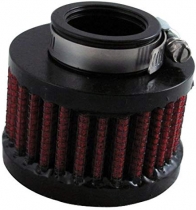-
Welcome to Tacoma World!
You are currently viewing as a guest! To get full-access, you need to register for a FREE account.
As a registered member, you’ll be able to:- Participate in all Tacoma discussion topics
- Communicate privately with other Tacoma owners from around the world
- Post your own photos in our Members Gallery
- Access all special features of the site
Diet Taco... trying to keep things light
Discussion in '2nd Gen. Builds (2005-2015)' started by DVexile, Jan 7, 2016.
Page 54 of 71
Page 54 of 71


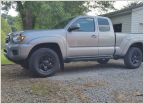 Dave's Stock Silver AC Non-Build
Dave's Stock Silver AC Non-Build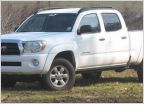 VooDoo's Build
VooDoo's Build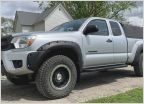 Tigerian's Unicorn Build - The Pika
Tigerian's Unicorn Build - The Pika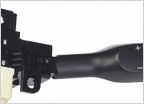 Totalled
Totalled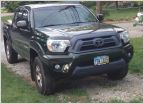 Back for more: Tacoma #2
Back for more: Tacoma #2










































